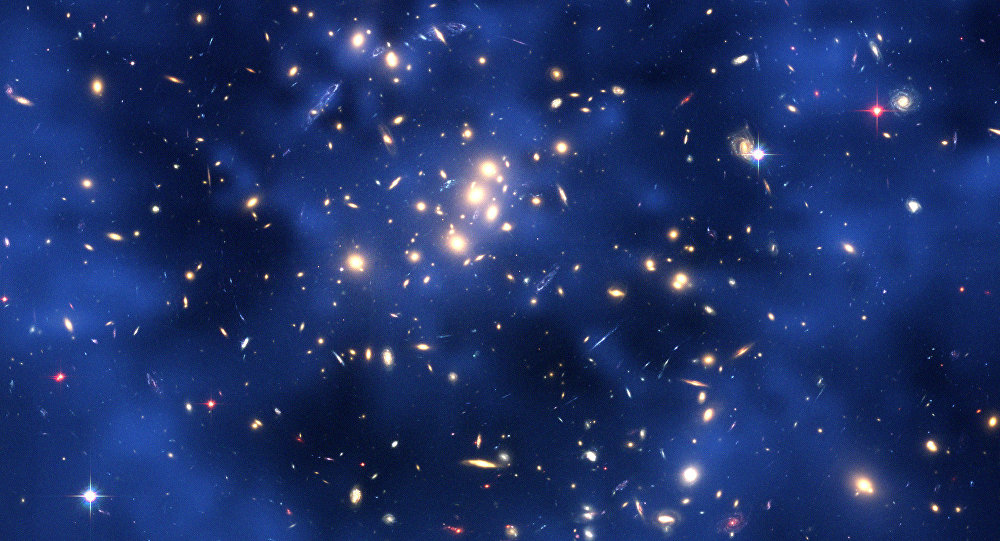


Lavrov and Rubio had a telephone conversation

Azerbaijani Presidential envoy meets Iranian FM

Zakir Hasanov visits Uzbekistan for Unity-2025 exercise

Zelensky: Ukraine may buy gas from Azerbaijan

Russia updates data on Ukrainian army losses

Yellow warning issued for strong winds across Azerbaijan

Atletik greets Qarabag with an Azerbaijani song - Video

Armenian PM meets Pope Leo XIV

Israel’s Kerem Shalom border crossing to Gaza reopens for aid

Mysterious dark matter is seen for the first time

US Vice President Vance to travel to Israel tomorrow

India celebrates festival of lights with oil lamp world record

Young footballer killed by kidnappers - Photo

Israel resumes ceasefire says aid deliveries restart Monday

Russia continues oil shipments to India - Rudenko

Iran sees necessary will to resolve prisoner issue with France

Khamenei rebukes Trump for ‘bullying’ interference

Police and crowd clash before Imamoglu trial begins - Video

Trump blames ‘rogue elements’ for breaching Gaza ceasefire

Zemfira refuses to perform in Armenia over arrest fears

Prince Andrew stepping back from title right course of action

Why Trump isn't rushing with Tomahawks: Zelensky explains

Erdogan to pay official visits to Kuwait, Qatar, and Oman

Ukraine preparing long-term contract for 25 Patriot systems

ANAMA employee injured in landmine incident in Khojavend

Weather forecast for October 21

Witkoff, Kushner in Israel after Gaza deal reached

Croatian referees to oversee Athletic vs Qarabag













